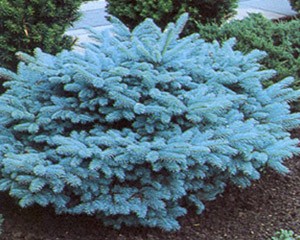The Best Plants for High Altitude Landscaping
After getting great feedback on my 20 Best Xeriscape Plants for Colorado post, which included a few follow-up requests, I have decided to publish a list of the best high altitude plants for landscaping.
 The Challenges of High Elevations
The Challenges of High Elevations
When landscaping at higher elevations, there are many challenges to consider. The plants themselves are often limited in how cold of winter temperature they can withstand. And there are also the challenging microclimates, wind, and levels of moisture that can occur at high altitudes.
Grazing deer and elk are also a common problem at higher elevations. All of these factors should be carefully considered in the design of the landscape. Consult the USDA Plant Hardiness zones for your local area, and consider working with an experienced landscape architect or garden designer.
It would be a great idea to do some nature walks in your local area to observe the native plants that are thriving naturally, and are well adapted to the various microclimates that can be found in your area.
I have decided to limit the list to plants that I feel will do well above 8,000 ft. There are several plants that are advertised to do well above 7,500 ft, but I am not comfortable recommending all of them, so lets go with 8,000.
Deciduous Trees
- Quaking Aspen Populus tremuloides
- Canada Red Cherry Prunus virginiana ‘Canada Red’
- Russian Hawthorne Crataegus ambigua
- Ginnala Maple Acer ginnala
- Apple and Crabbaple Malus (several types)
- Alder Alnus tenuifolia
- Tartarian Maple Acer tartaricum
- Birch Betula (several types)
- Mountain Ash Sorbus aucuparia
- English Oak Quercus robur
